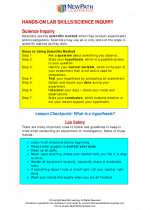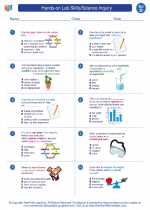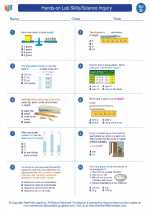Generators
A generator is a device that converts mechanical energy into electrical energy. It is based on the principle of electromagnetic induction, discovered by Michael Faraday in the 1830s. Generators play a crucial role in producing electricity for various applications, including powering homes, industries, and machinery.
How do Generators Work?
Generators work on the principle of electromagnetic induction. When a conductor, such as a wire, moves through a magnetic field, it experiences a force that causes the movement of electrons, creating an electric current. In a generator, this is achieved by rotating a coil of wire within a magnetic field. As the coil spins, it generates an alternating current (AC) through electromagnetic induction.
Types of Generators
There are different types of generators, including:
- Portable Generators: These are small generators that can be easily moved and are commonly used for outdoor activities, camping, and as a backup power source.
- Standby Generators: These generators are permanently installed and automatically provide power during outages. They are commonly used in homes, hospitals, and businesses.
- Industrial Generators: These generators are designed to provide power for industrial applications, construction sites, and large-scale operations.
Components of a Generator
Key components of a generator include:
- Engine: The engine provides the mechanical energy to drive the generator.
- Alternator: The alternator contains the coil of wire that spins within the magnetic field to generate electricity.
- Fuel System: Generators use various fuels such as gasoline, diesel, natural gas, or propane to power the engine.
- Control Panel: This component allows for monitoring and controlling the generator's operation.
Generator Maintenance and Safety
Proper maintenance and safety measures are essential for the efficient and safe operation of generators. This includes regular servicing, fuel management, and adherence to safety guidelines for handling electricity and flammable fuels.
Study Guide
To enhance your understanding of generators, consider the following study guide:
- Research the history of generators and the development of electromagnetic induction.
- Explore the different types of generators and their respective applications.
- Investigate the components of a generator and their functions in the generation of electricity.
- Examine the maintenance and safety protocols for operating generators.
- Conduct experiments or demonstrations to observe the principles of electromagnetic induction in action.
By understanding the principles and applications of generators, you can appreciate their significance in providing electrical power for various needs.
.◂Science Worksheets and Study Guides Fourth Grade. Hands-on Lab Skills/Science Inquiry

 Worksheet/Answer key
Worksheet/Answer key
 Worksheet/Answer key
Worksheet/Answer key
 Worksheet/Answer key
Worksheet/Answer key
